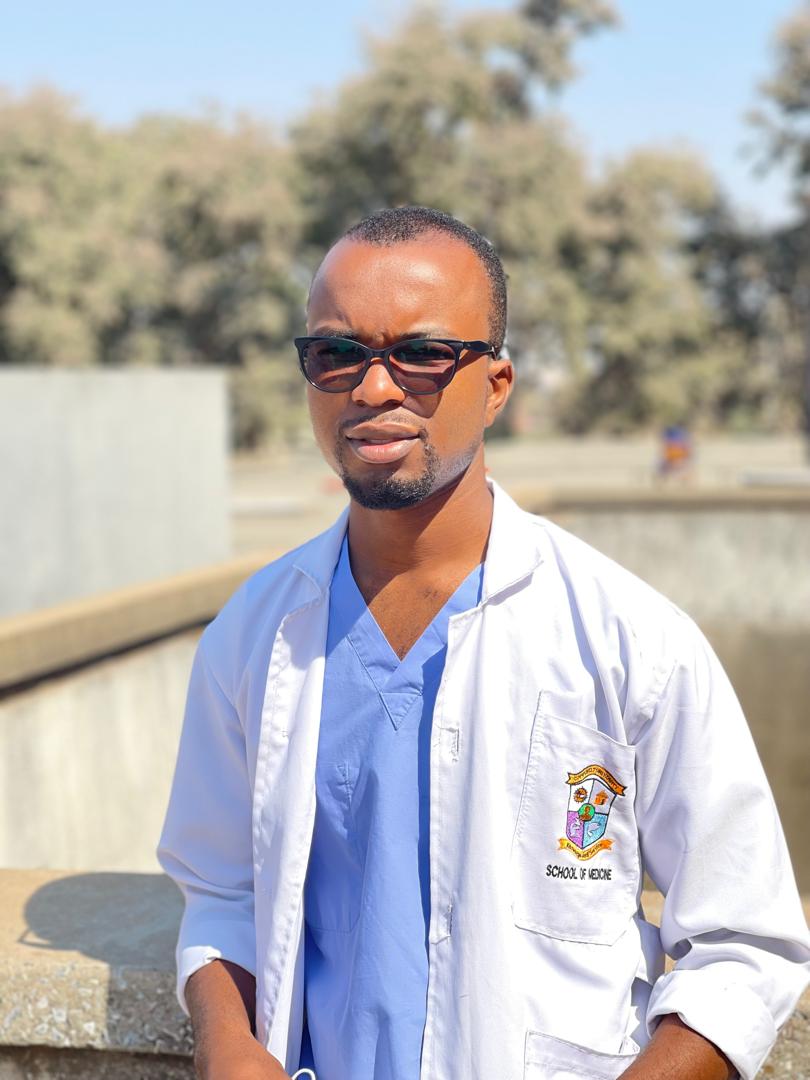DURING my gynaecology rotation at Ndola Teaching Hospital, I met a woman who changed my perspective on the battle against cervical cancer in Zambia.
A 40-year-old mother of three, she arrived at our hospital with advanced-stage cervical cancer.
Despite our best efforts, it was too late for curative treatment, and she passed away shortly afterwards.
Her story is a stark reminder of the life-saving potential of early detection and prevention. But it is also a story that could have had a different ending – a story of hope for many others.
Impact of cervical cancer in Zambia Cervical cancer remains one of the most significant health challenges for women world-wide.
Despite being largely preventable, it continues to affect millions of women, particularly in low-resource settings.
In Zambia, cervical cancer is the most frequent cancer among women, with the country recording the third-highest incidence globally.
With 65.5 cases per 100,000 women and 43.4 deaths per 100,000 women, the statistics are alarming. The peak age for diagnosis is between 40 and 49.
However, these numbers only tell part of the story. In 2018, Zambia took a significant step by integrating cervical cancer screening into HIV treatment programmes, underscoring the urgency of addressing this public health crisis.
Understanding cervical cancer Cervical cancer develops in the cervix, the lower part of the uterus that connects to the vulva. It is one of the most successfully curable forms of cancer when diagnosed early.
However, if left untreated, it can be deadly. The high-risk age group for cervical cancer is between 25 and 49.
A significant cause of cervical cancer is the human papillomavirus (HPV), a common sexually transmitted infection.
Nearly 75 percent of all sexually active adults are likely to be infected with at least one type of HPV during their lives. Persistent infection with high-risk HPV types, particularly HPV 16 and 18, can lead to cervical cancer.
The power of early detection Cervical cancer can be detected early through regular screening. Tests such as the Pap smear and HPV-DNA test can identify atypical squamous cells of undetermined significance (ASCUS), which may indicate the presence of precancerous changes in the cervix.
For the general population of women, World Health Organisation (WHO) recommends HPV-DNA detection as the primary screening method starting at age 30, with regular testing every five to 10 years.
This approach helps catch potential issues before they develop into more serious conditions. However, for women living with HIV, the risk is higher, and the guidelines are more stringent.
WHO recommends starting HPV-DNA detection at age 25 for this group, with regular screening every three to five years. This targeted screening is crucial for early detection and successful treatment in this vulnerable population.
In Zambia, these screening programmes have been a game-changer.
Since 2018, there has been a robust integration of cervical cancer screening into HIV care services.
This initiative has increased screening rates, providing many women with the chance to catch the disease early when it is most treatable. Prevention through vaccination Prevention of cervical cancer is possible, and one of the most effective methods is through vaccination. HPV vaccines such as Gardasil, Gardasil 9, and Cervarix protect against the HPV types most commonly associated with cervical cancer.
These vaccines are recommended for individuals aged nine to 14, ideally before they are exposed to HPV.
In Zambia, efforts to increase vaccination rates among young girls are vital in reducing the future burden of this disease.
Treatment options and challenges The stage at which cervical cancer is diagnosed largely determines the treatment options. Standard treatments include surgery, radiation, and chemotherapy.
While these treatments are effective, they often come with significant side-effects, particularly from chemotherapy and radiation therapy.
This is why early detection through screening is so critical. Vaccines, while preventative, do not treat existing infections, making regular screening an essential part of cervical cancer prevention.
Personal stories of survival and loss
The story of the 40-year-old mother I encountered is just one of many. But there are also stories of survival – women who have been screened, treated early, and are now leading healthy lives.
These stories of hope highlight the importance of continuing our efforts in screening, vaccination, and education.
Call to action
Cervical cancer is preventable. With concerted efforts in vaccination, regular screening, and public education, we can significantly reduce its impact.
In Zambia, where the burden is particularly high, it is essential to continue raising awareness and improving access to preventive measures.
Every woman deserves the chance to avoid the tragedy of cervical cancer.
Together, through early detection and prevention, we can turn the tide on this deadly disease.
Conclusion
As we continue to fight cervical cancer in Zambia, we must remember that every statistic represents a woman – a mother, a sister, a daughter.
By investing in prevention and early detection, we can save lives and ensure that more women have the chance to tell their stories of survival and hope.
The author is a final-year student doctor at Copperbelt University and climate change activist.


